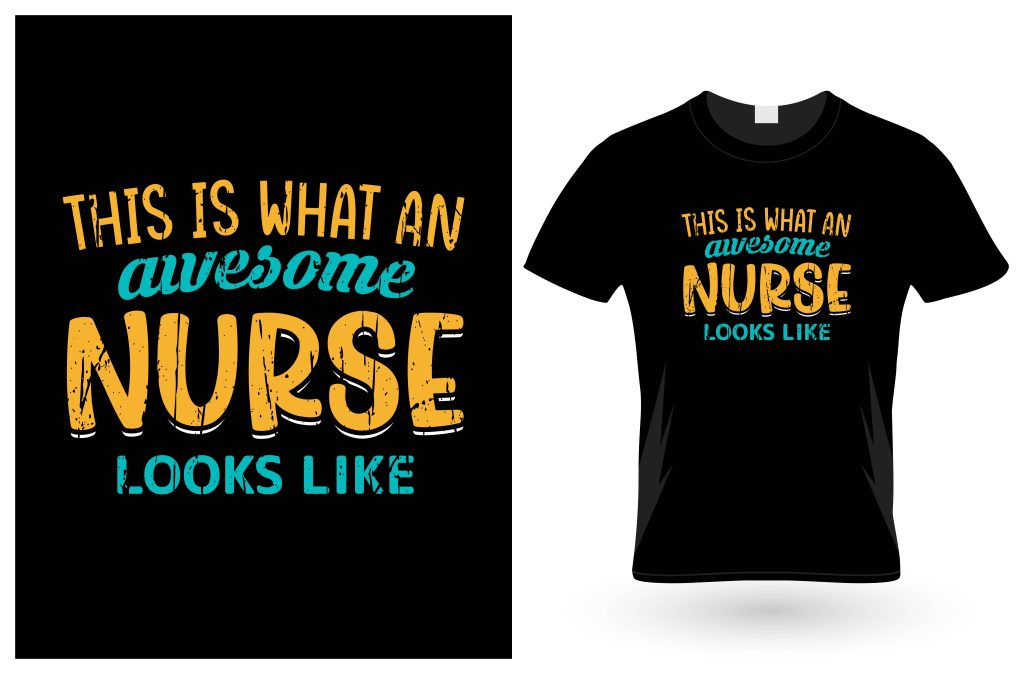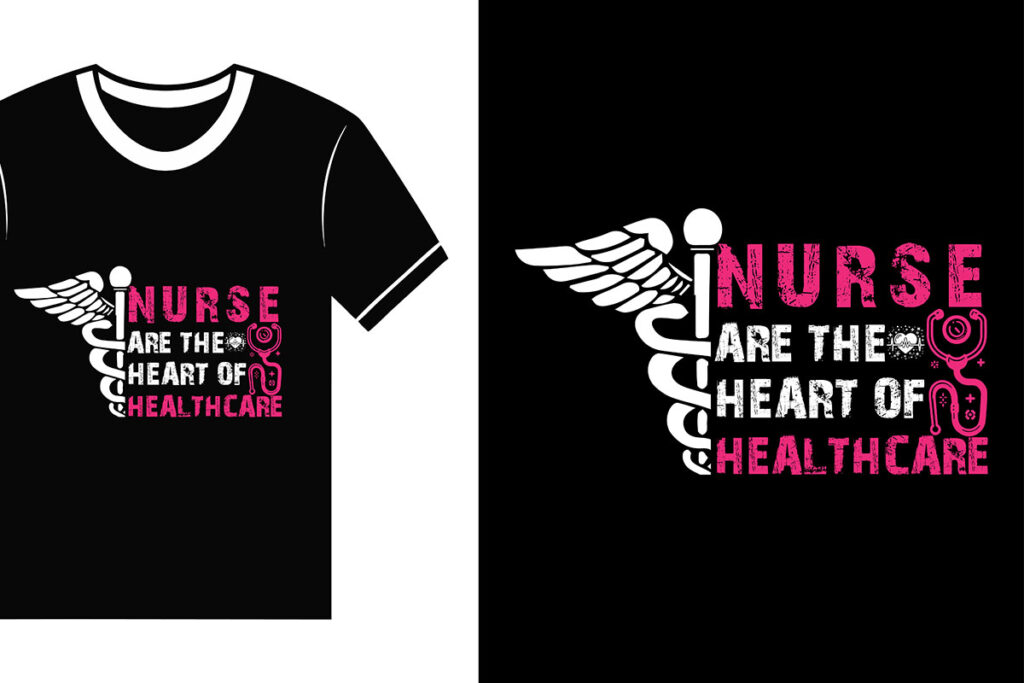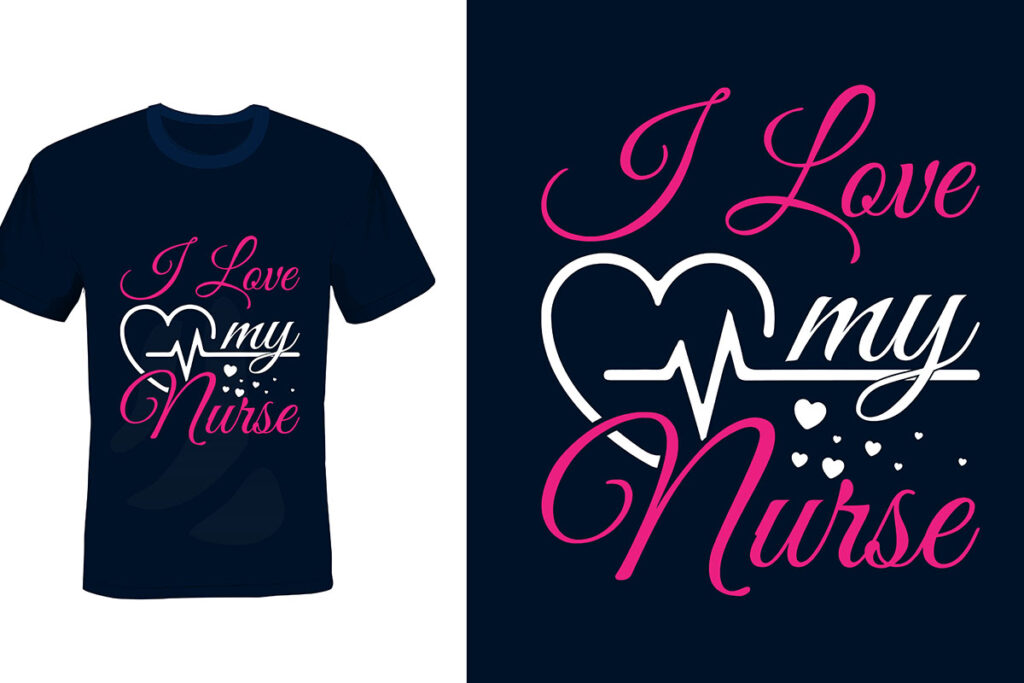In the dynamic landscape of textile printing, DTF supplies have become an essential element for any printing enthusiast looking to create vibrant custom apparel. The effectiveness of Direct to Film (DTF) printing hinges on the quality of DTF printing materials, which include everything from the best DTF films to DTF adhesive powder and printing inks. To achieve stunning, long-lasting prints, it’s vital to understand how to choose DTF supplies tailored to your specific needs. This guide will delve into the various components that make up successful DTF printing, equipping you with the knowledge to enhance your projects. Let’s explore the essentials that will help you create eye-catching designs that stand out in today’s competitive market.
Introducing the world of Direct to Film printing, often shortened to DTF, reveals a fascinating realm of possibilities in custom garment design. This method relies on specialized printing materials to effectively transfer images onto textiles, making the right selection of supplies crucial for quality outcomes. Terminology such as DTF film, ink, and adhesive powder is vital for anyone aiming to navigate this innovative printing technology. Understanding these components not only enhances the crafting experience but also contributes to the durability and visual appeal of the final product. With this knowledge, you can confidently dive into designing unique apparel that resonates with creativity and quality.
Choosing the Best DTF Films for Quality Results
Selecting the appropriate DTF film is crucial for achieving outstanding print quality and durability. High-quality PET films are highly recommended as they ensure excellent adhesion and resistance to wear and tear. When considering DTF printing materials, it’s important to look at the thickness of the film, typically ranging from 75 to 100 microns. Thicker films tend to deliver better transfer efficacy, allowing for vibrant and long-lasting designs. Brands like Aisai and ProColor have established a reputation within the industry, making them trustworthy choices for reliable results.
Additionally, it’s beneficial to test different types of films to see how they perform with your specific printer and ink combination. If possible, obtain samples to experiment with various thicknesses and finishes to find the one that best suits your application. Factors like finish—matte vs gloss—can also affect the overall aesthetic of the print and should not be overlooked in the decision-making process.
Understanding DTF Inks for Vibrant Prints
When it comes to DTF printing, the choice of ink is just as significant as the selection of film. Water-based inks are particularly popular since they produce bright and vivid colors while minimizing any environmental impact. When selecting inks, make sure they are compatible with your DTF printer, as this will influence the quality and vibrancy of your prints. Premium options like Epson and Sawgrass inks are often lauded for their reliability and longevity, justifying their higher investment with superior results.
Apart from compatibility, also consider the ink’s curing properties and overall finish. Some inks may require specific temperature settings or curing times to ensure optimal adhesion to the film and fabric. Hence, conducting thorough research and reading reviews can provide insights into which inks would best serve your projects, ultimately impacting the quality of the end product.
Evaluating Adhesive Powder Options for Strong Transfers
Adhesive powder is an essential component of the DTF printing process that directly influences the strength and durability of your final print. There are primarily two types of adhesives utilized: hot melt and cold peel. Hot melt adhesives are often favored due to their ease of application and strong bonding capabilities, which enhance the resilience of your designs on fabric. Ensuring you select the right adhesive powder will significantly affect the outcome of your projects, including wash durability and flexibility.
Moreover, understanding the application method for these adhesives is equally critical. Over-application can lead to a stiff feel on the fabric, while under-application may result in weak adhesion. It is important to follow the manufacturer’s recommendations closely, including the correct curing temperatures to achieve the best overall results.
Mastering the DTF Transfer Process
The transfer process in DTF printing can greatly impact the quality of your finished product, and proper techniques are vital. Your choice of heat press matters significantly; one that offers consistent temperature settings and adjustable pressure will yield superior transfers. Ensuring that your heat press distributes heat evenly can prevent scorching or incomplete transfers, which may compromise print quality.
In regard to parameters, aim for a temperature range of 320-340°F with a duration of approximately 10-15 seconds for most DTF supplies. Both time and temperature play critical roles in ensuring optimal adhesion and vibrant colors in your designs. Always conduct test transfers to fine-tune settings specific to the materials you are using.
Selecting the Right Printer for DTF Supplies
Choosing an appropriate DTF printer is key to realizing your design objectives. From entry-level options like Epson printers to dedicated DTF machines, the range of printers available can cater to different budget and application needs. It’s essential to select a printer with sufficient print width to accommodate your design requirements—this will prevent any limitations as you create independently tailored designs.
When making your selection, consider factors such as print resolution, speed, and compatibility with your chosen DTF supplies, such as films and inks. Investing in a reliable printer that matches your capabilities and quality expectations can substantially improve the efficiency and outcome of your DTF printing endeavors.
Leveraging Community Support in DTF Printing
Engaging with the DTF printing community can significantly enhance your knowledge and skill set. Platforms such as Reddit’s DTF Printing Community offer invaluable resources, advice, and troubleshooting support from experienced printers. Utilizing these online forums not only helps in solving potential issues but also allows you to share your experiences and learn from others in the field.
The collective knowledge available in these communities can lead to better decision-making in choosing DTF supplies, printing techniques, and even marketing your creations. By being part of a supportive network, you can stay updated with the latest trends and innovations in DTF printing, providing a competitive edge in your custom apparel business.
Frequently Asked Questions
How do I choose the best DTF supplies for my printing projects?
Choosing the best DTF supplies starts with selecting high-quality PET films, vibrant water-based inks, and reliable adhesive powders. Ensure to verify compatibility between your printer and inks for optimal results.
What are the essential DTF printing materials I need for successful transfers?
Essential DTF printing materials include high-quality films, DTF printing inks, adhesive powders, and a reliable heat press. Each of these components contributes significantly to the overall print quality.
What are the characteristics of the best DTF films available?
The best DTF films are typically high-quality PET films with a thickness between 75 to 100 microns. They guarantee better adhesion and allow for vibrant colors, resulting in durable final products.
What types of DTF adhesive powder should I consider for my projects?
When selecting DTF adhesive powder, consider hot melt and cold peel varieties. Hot melt powder is generally preferred for its ease of use and strong adhesion, contributing to the longevity of the print.
How do I ensure I am using compatible DTF printing inks with my printer?
To ensure compatibility, always check the specifications of your DTF printer and match it with the recommended DTF printing inks, such as water-based inks known for their vibrant color output.
Why is a quality heat press vital when using DTF supplies?
A quality heat press is vital because it ensures even heat distribution and consistent temperature settings, which are critical for achieving the best transfer quality of your DTF prints.
| Key Consideration | Details |
|---|---|
| 1. Quality of Film | – Choose high-quality PET films for durability and adhesion. – Recommendations include brands like Aisai and ProColor. |
| 2. Inks | – Use water-based inks for vibrant colors and environmental safety. – High-quality options include Epson and Sawgrass inks. |
| 3. Adhesive Powder | – Know the difference between hot melt and cold peel adhesives. – Proper application enhances durability and flexibility of prints. |
| 4. Transfer Process | – Use a reliable heat press with consistent temperature settings. – Recommended temperature: 320-340°F for 10-15 seconds. |
| 5. Printer Selection | – Choose between entry-level printers and specialized DTF machines. – Ensure adequate print width for your project needs. |
| 6. Support and Community | – Join online communities like Reddit’s DTF Printing Community for advice. – Engage with experienced printers for tips and troubleshooting. |
Summary
DTF supplies are vital for achieving outstanding results in custom apparel printing. The quality of your film, inks, and adhesives plays a crucial role in the vibrancy and durability of your prints. Notably, selecting the right heat press and printer are equally important to ensure a flawless transfer process. Additionally, engaging with the DTF community can provide invaluable insights and support to enhance your printing journey. By carefully choosing your DTF supplies and remaining informed about industry techniques, you can create garments that stand out in the market and meet your creative vision.



